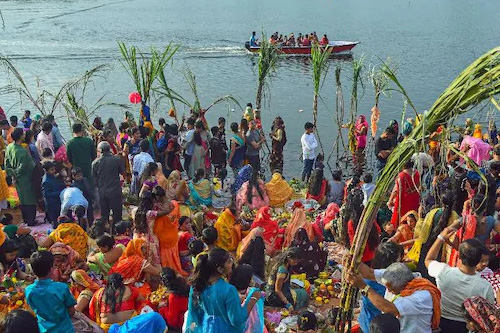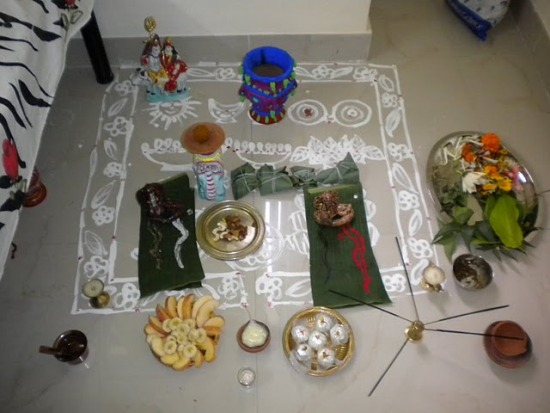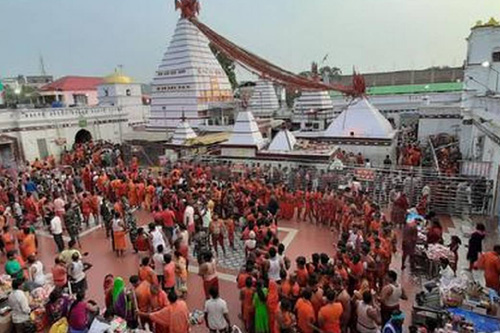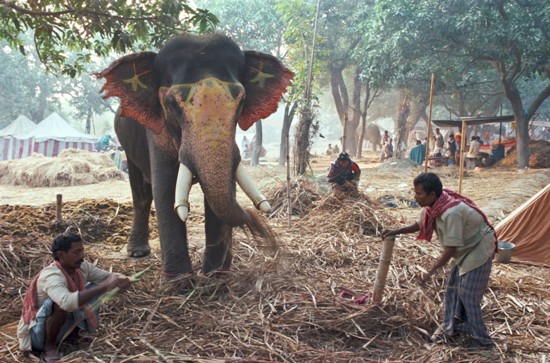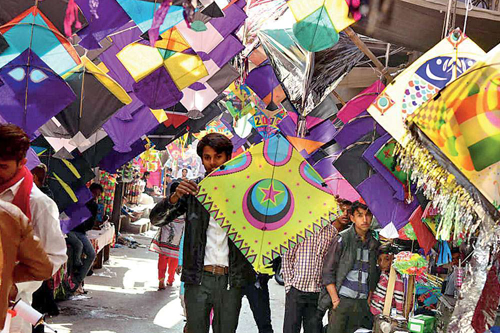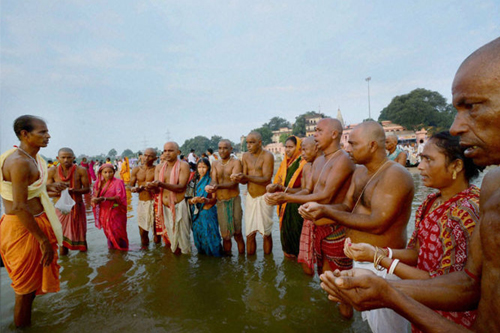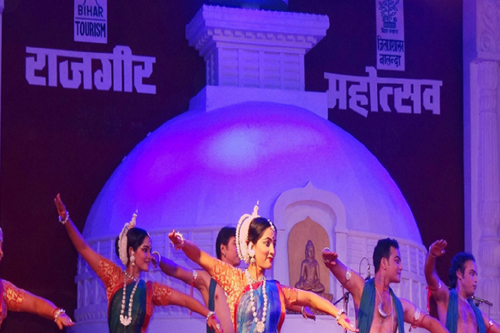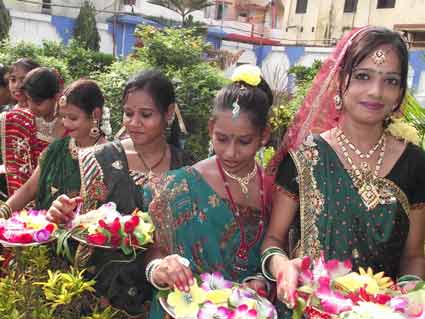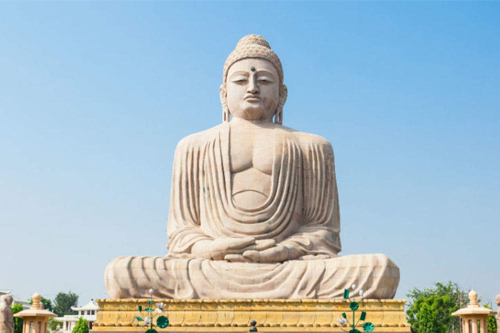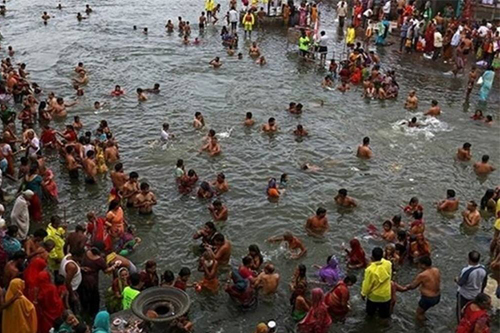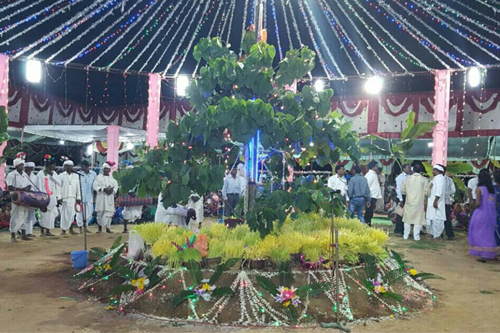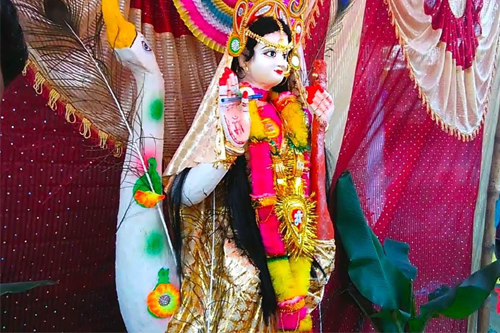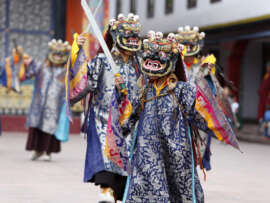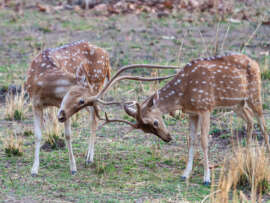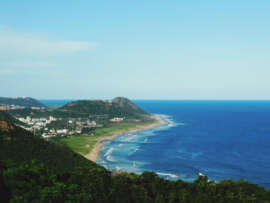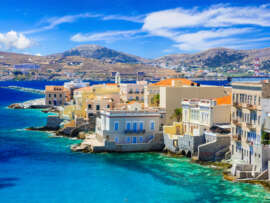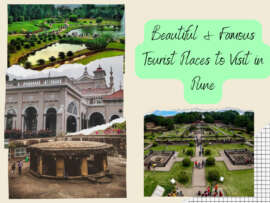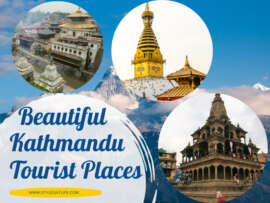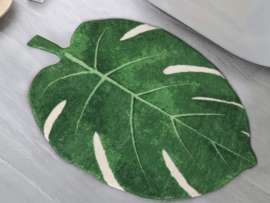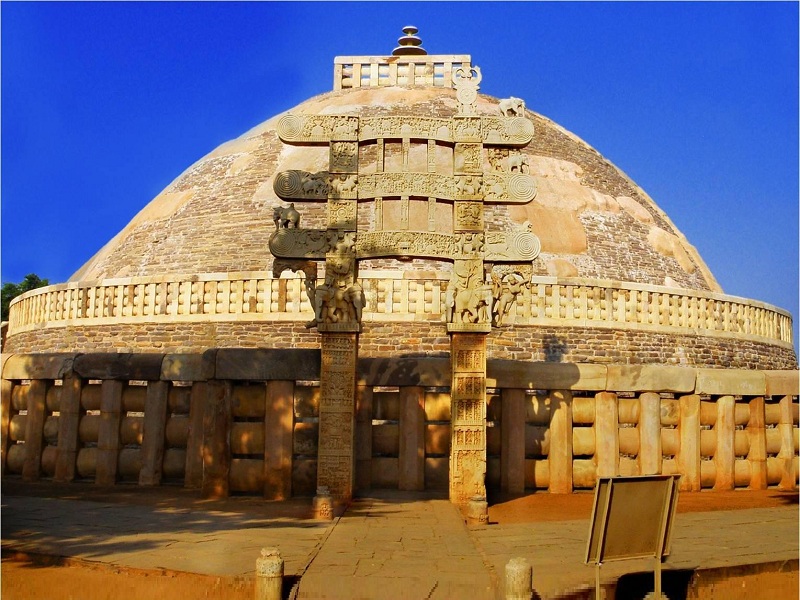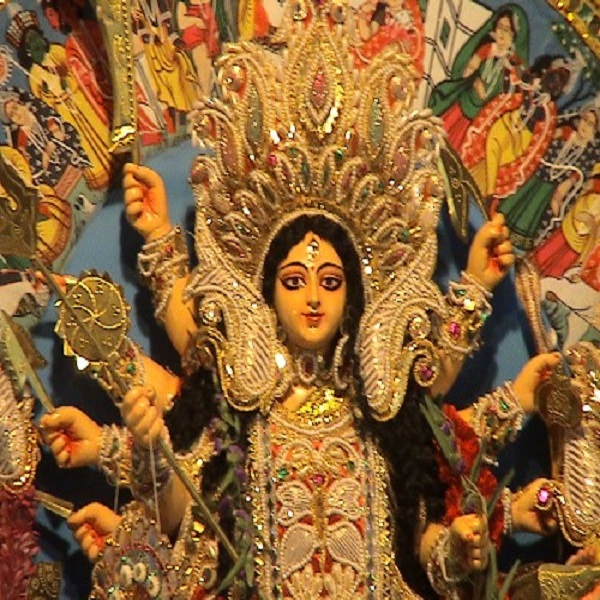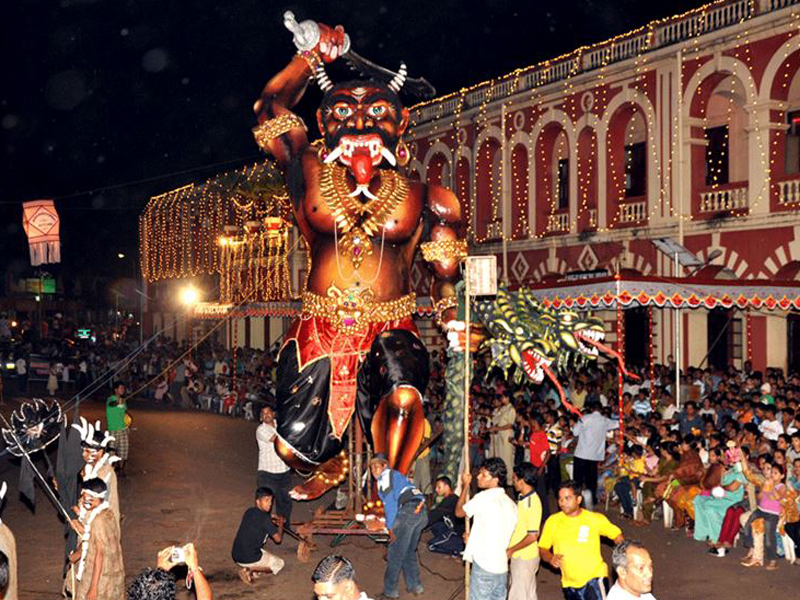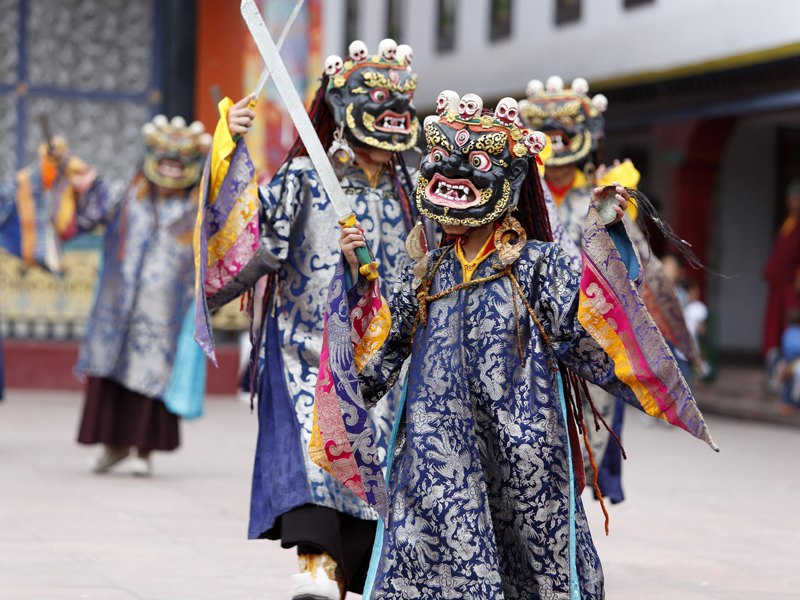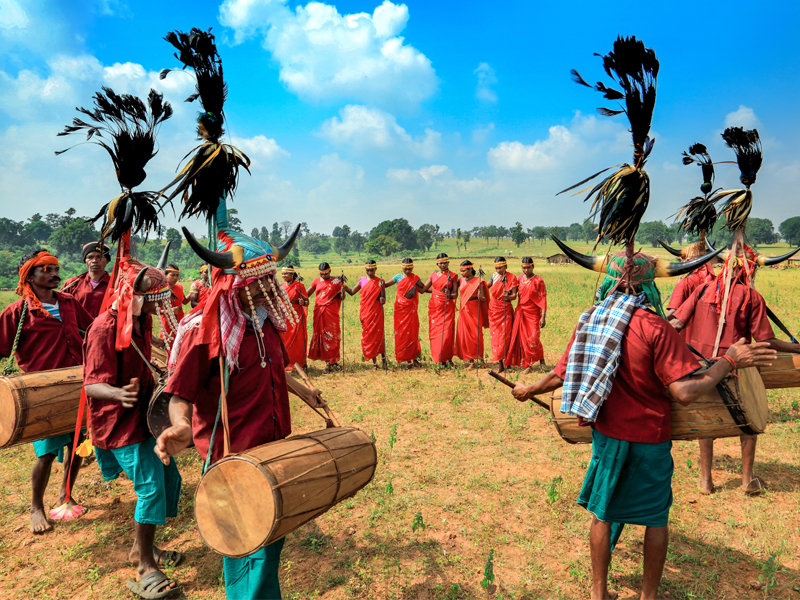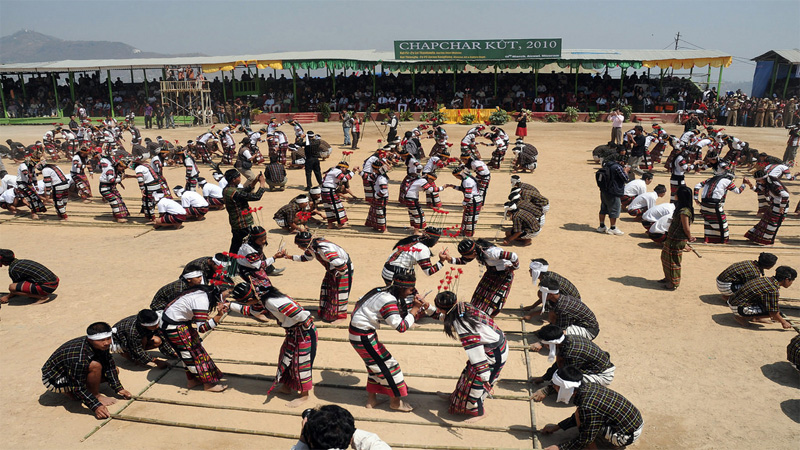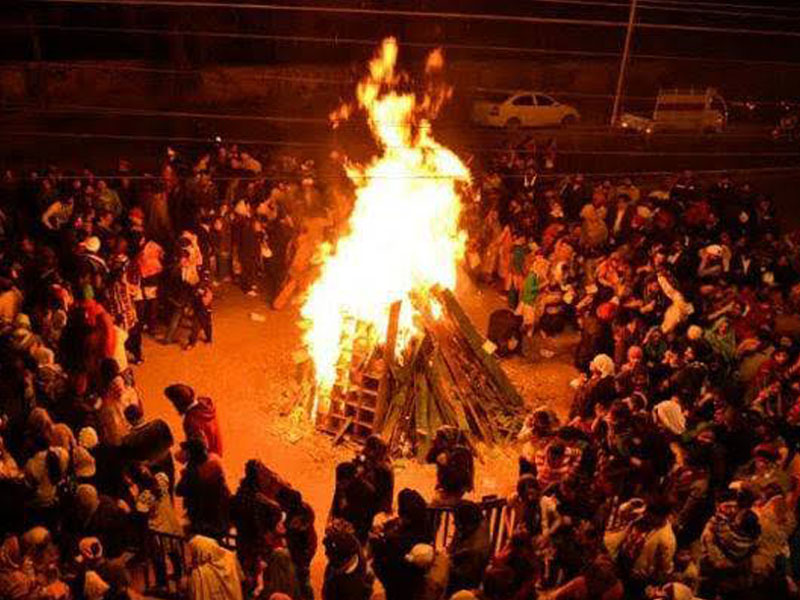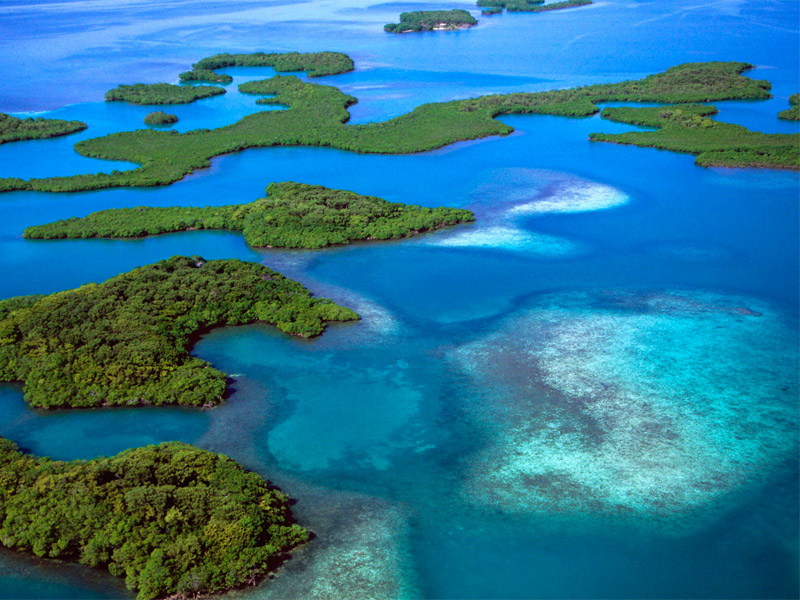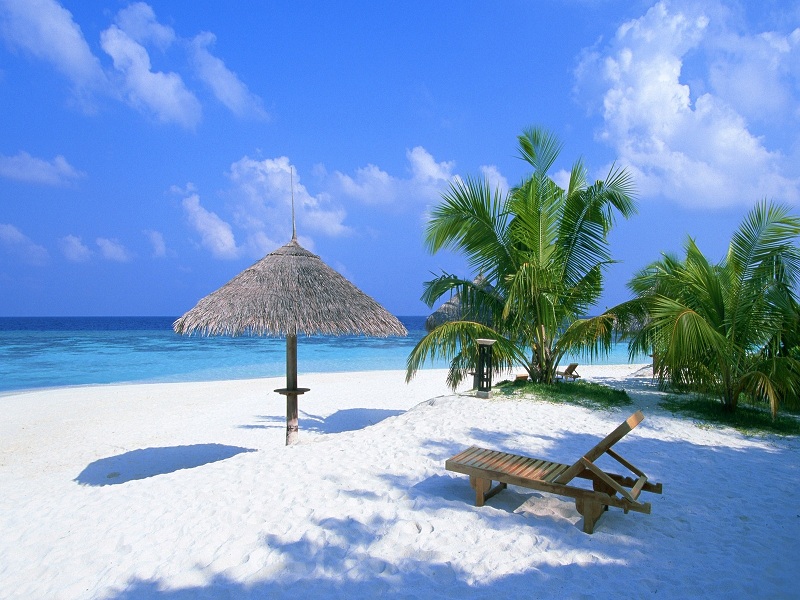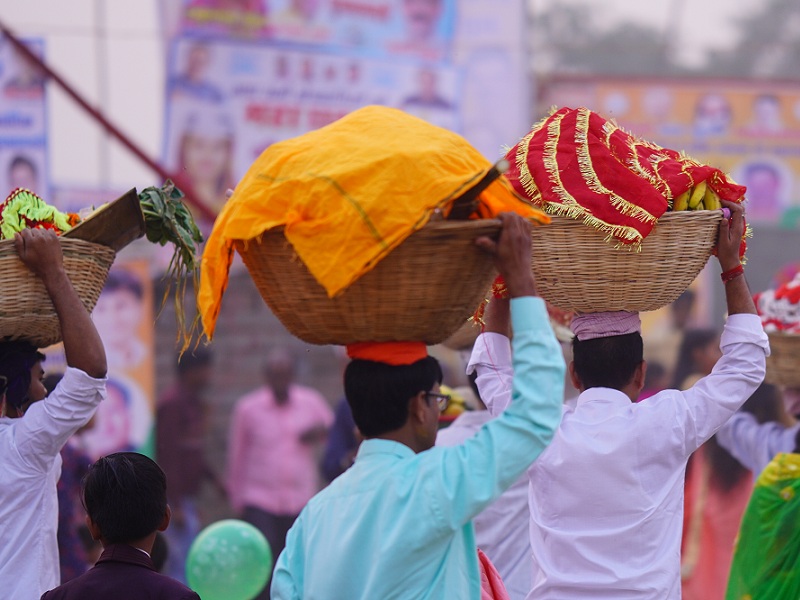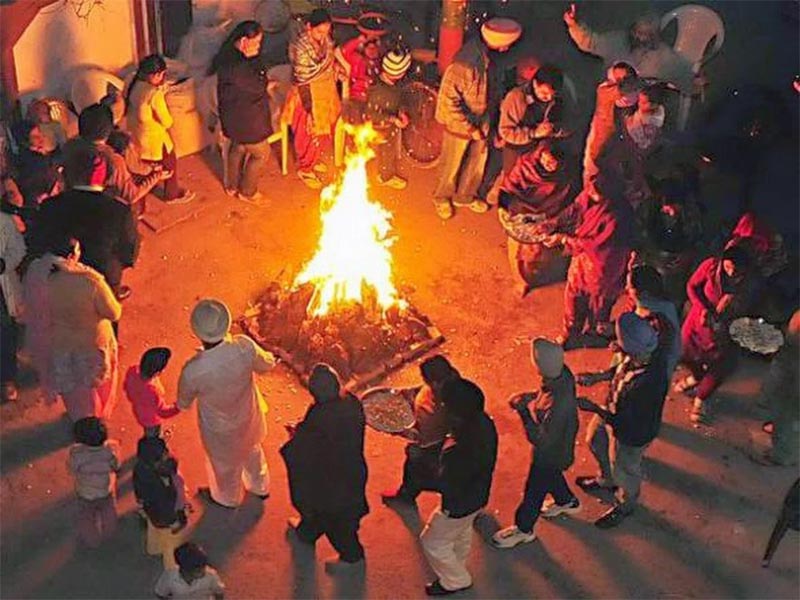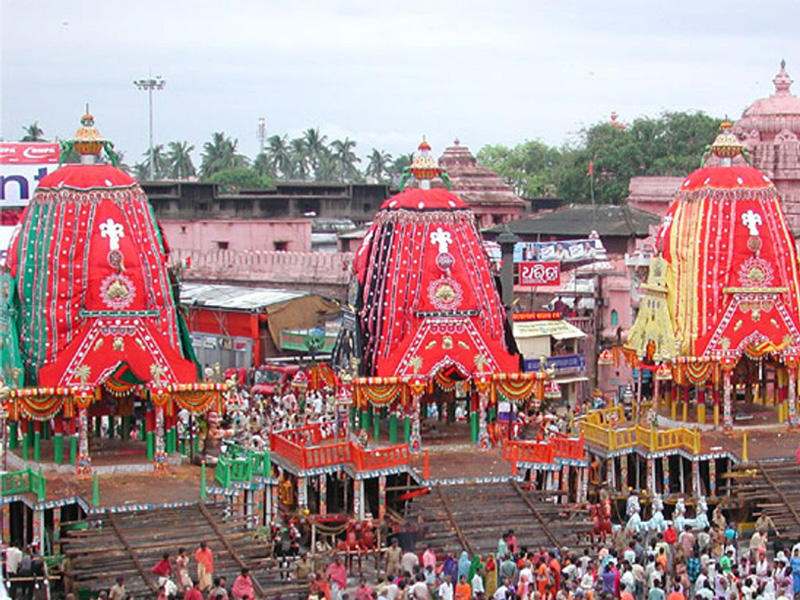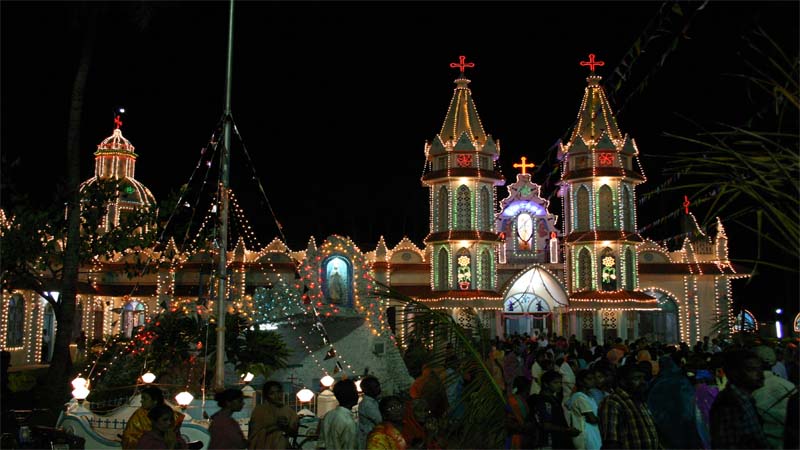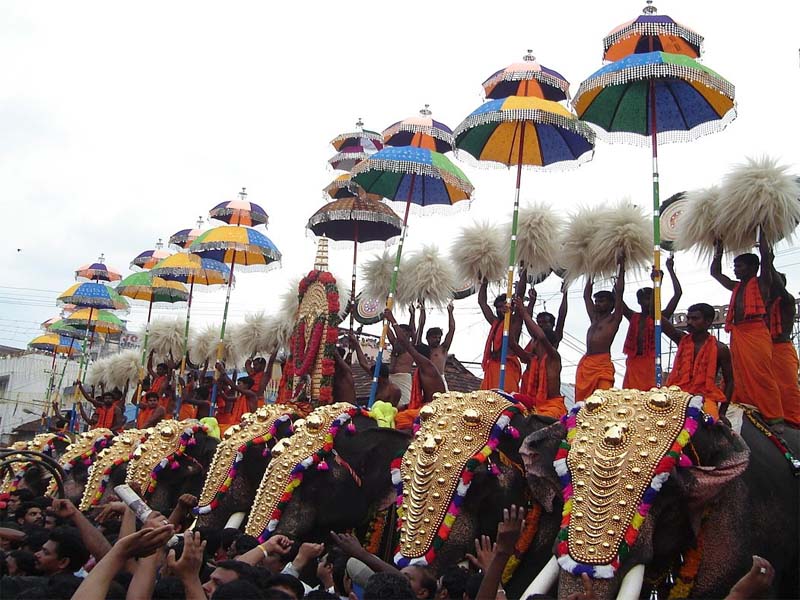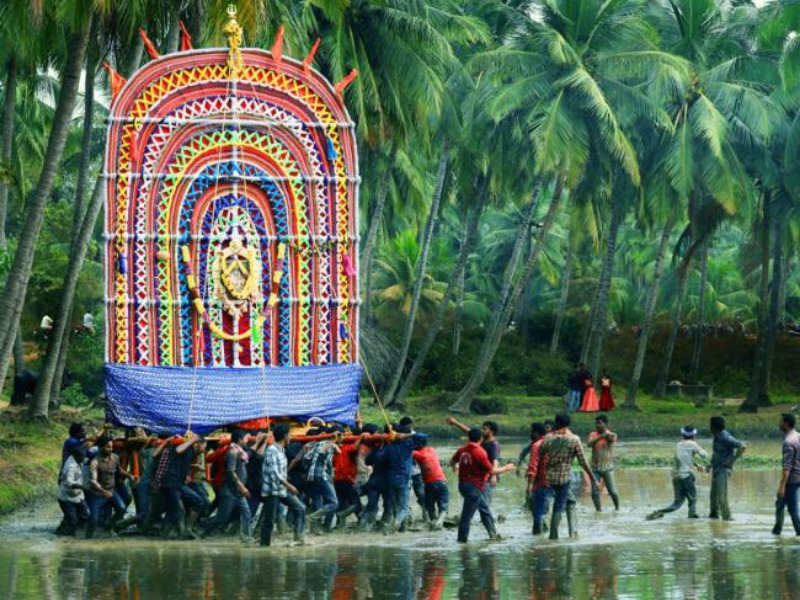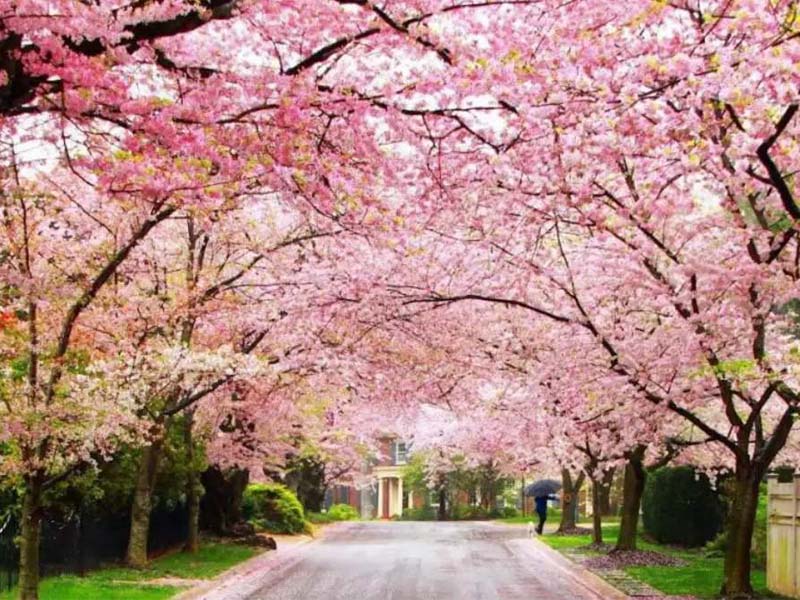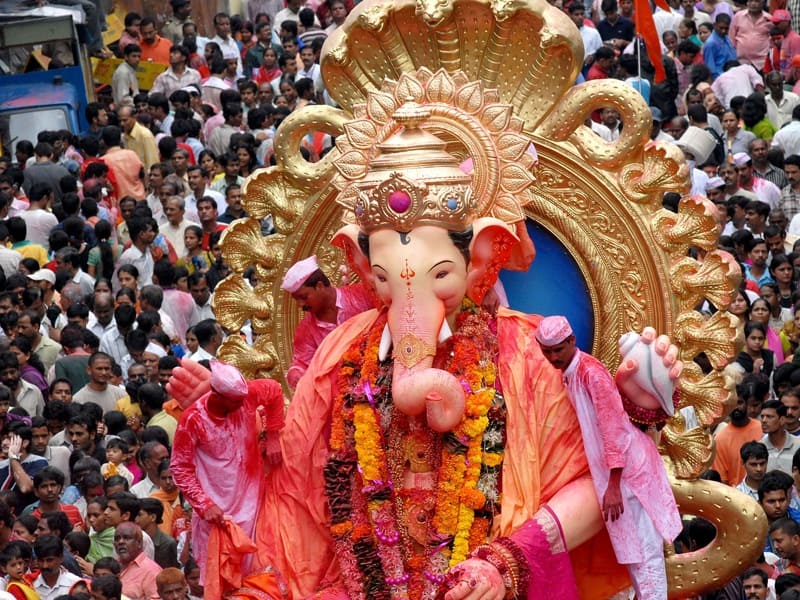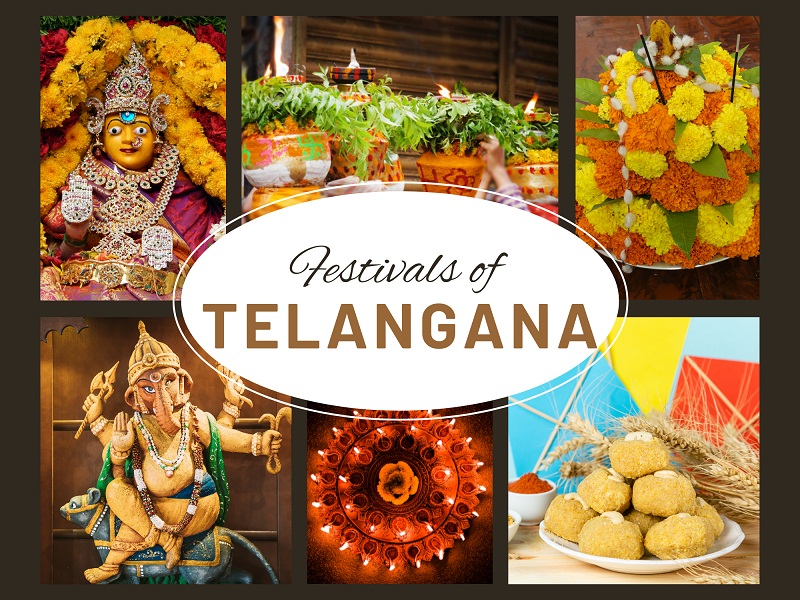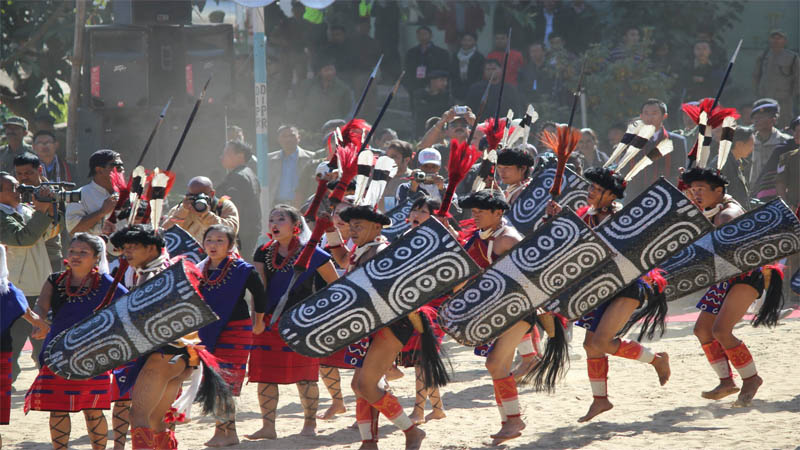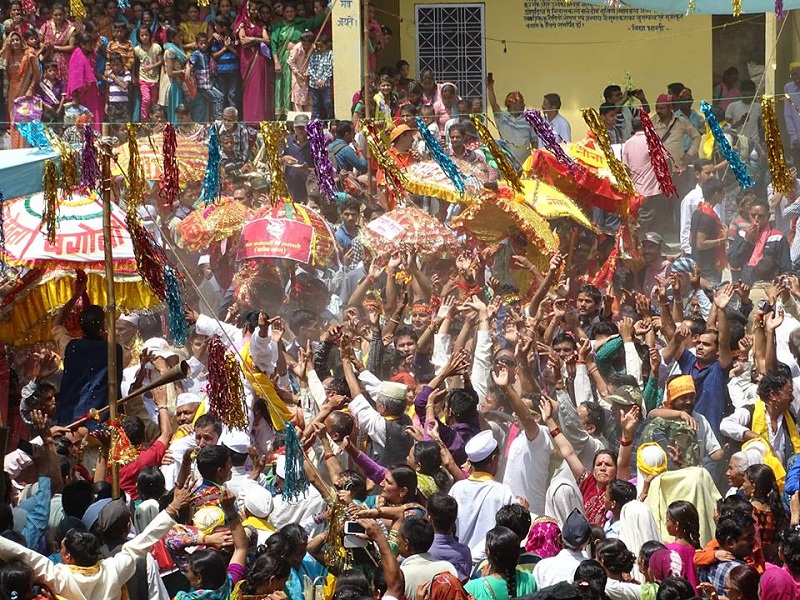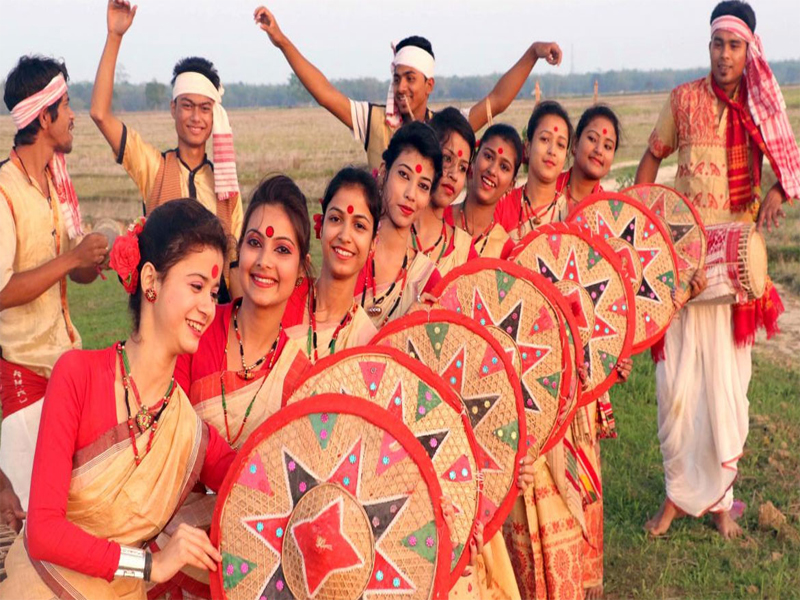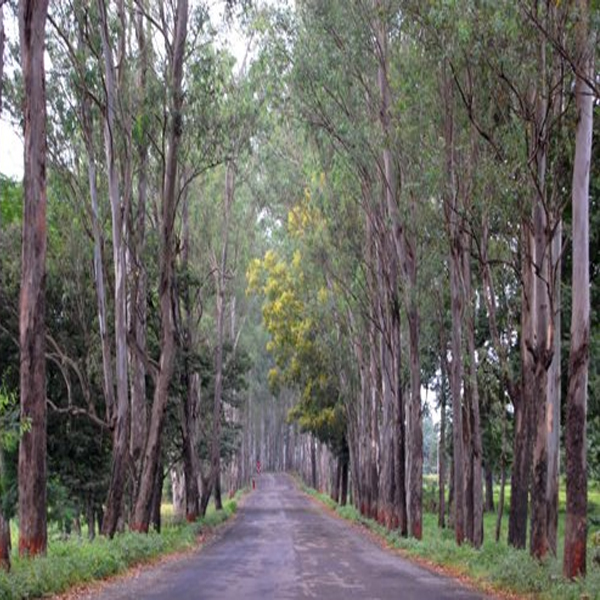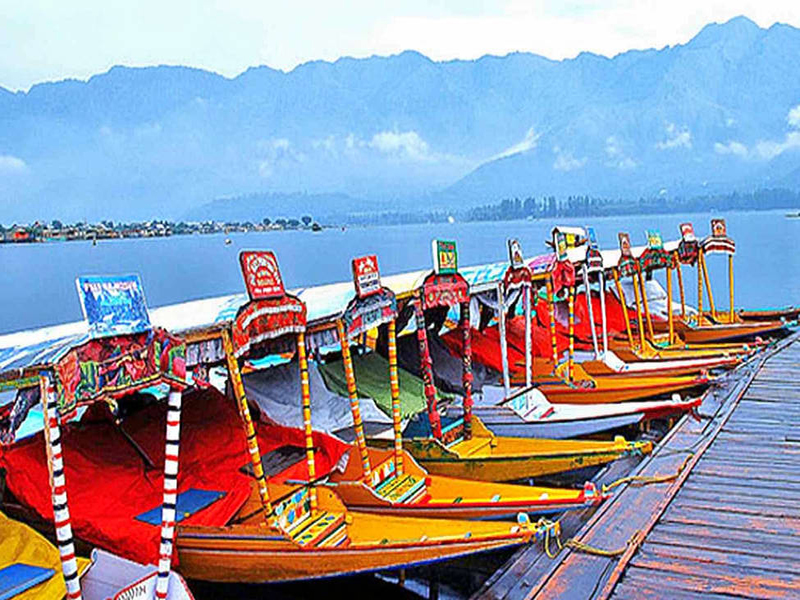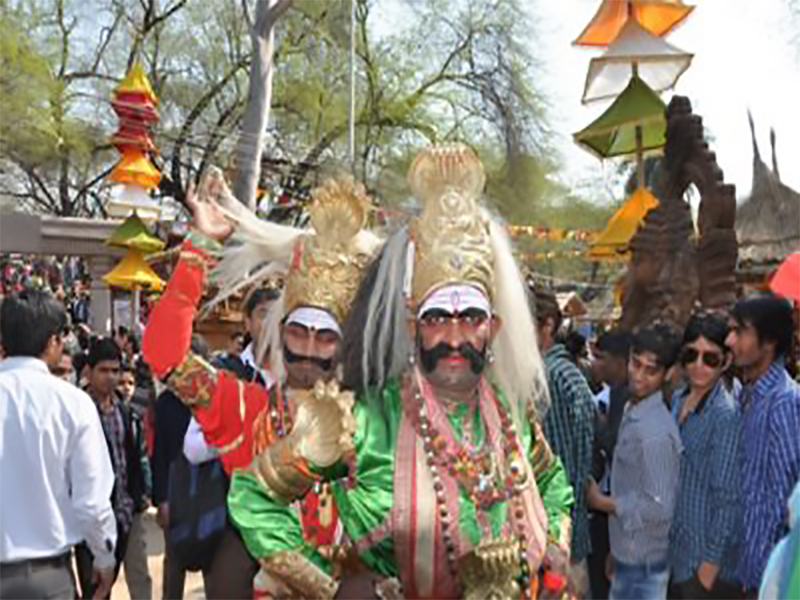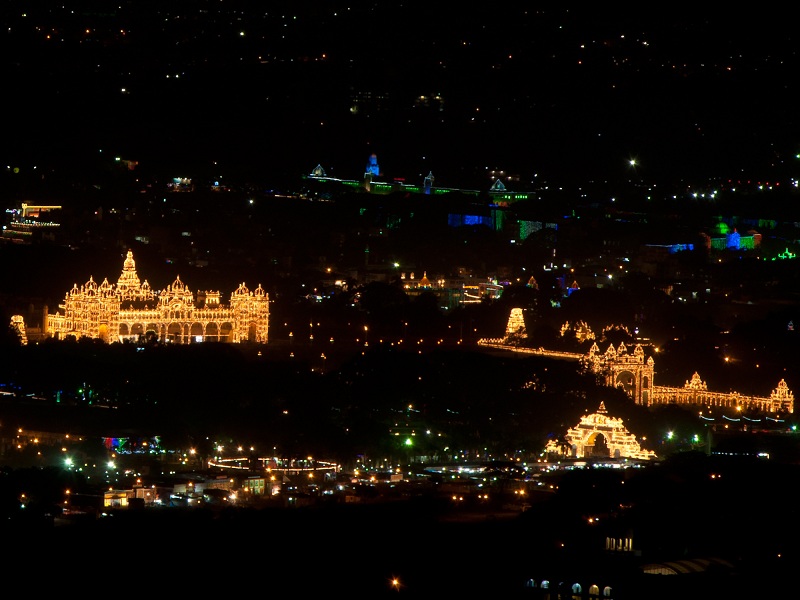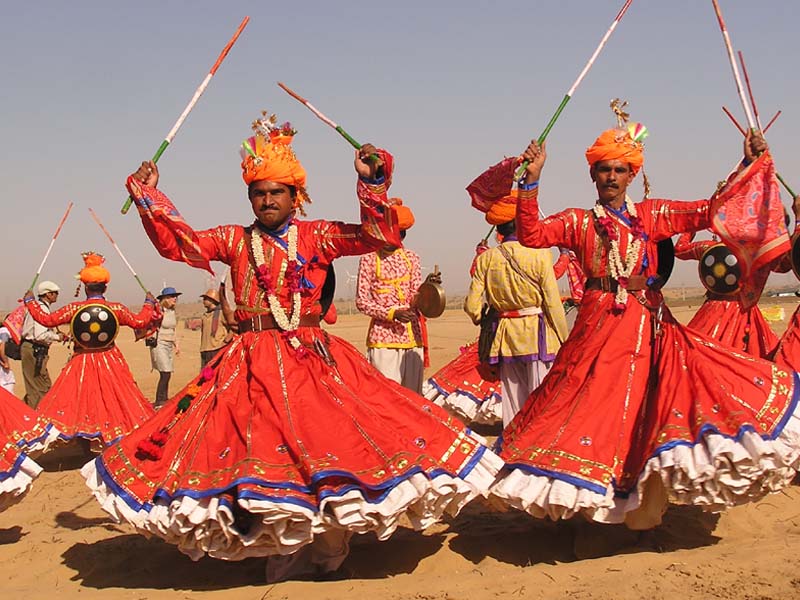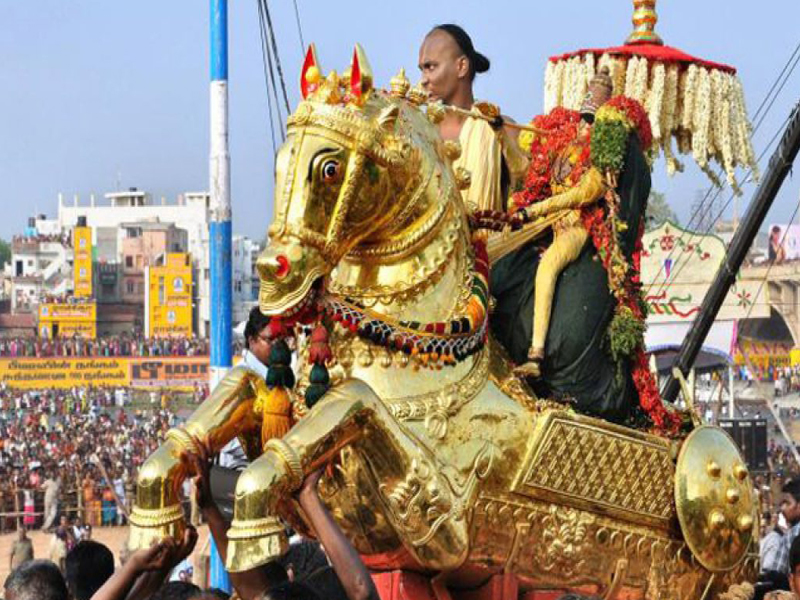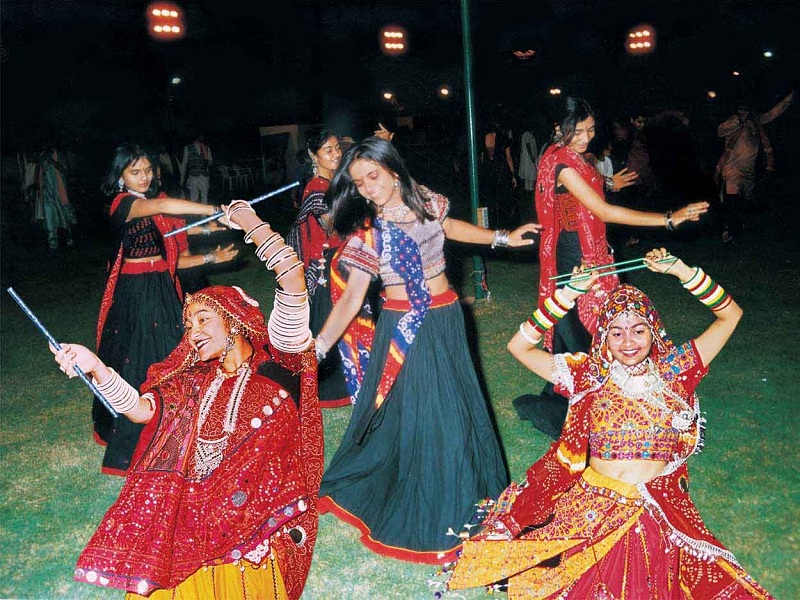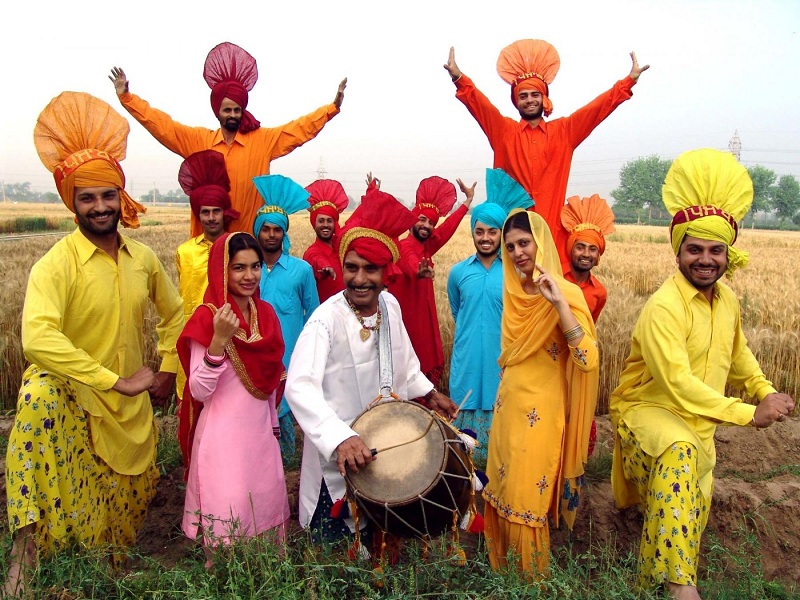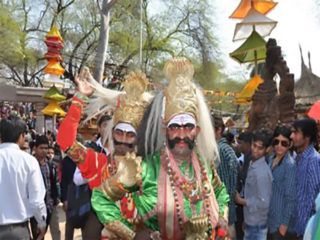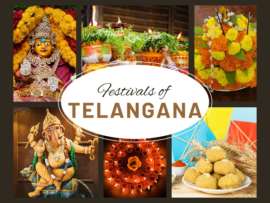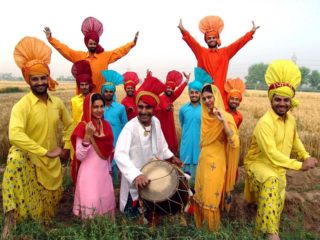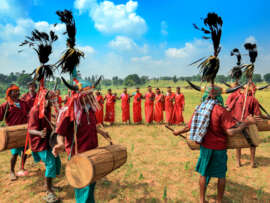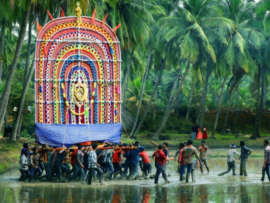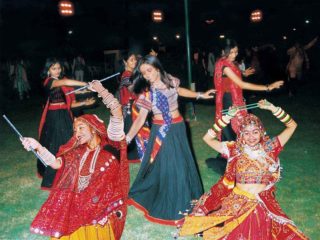India is a country of diversified cultures, religions, and beliefs. The integral history and culture of Bihar include many fairs and festivals that represent the beauty and culture of the place. Each state in India has its own unique culture, and the Bihar festivals include a varying representation beautifully. Although Bihar festivals amalgamate several festivals like Holi, Durga puja, etc., the prominent one uniquely associated with Bihar is Chhath puja.
Let us go through this article for some of the prominent Bihar festivals from the land of the Biharis. Read on to know more!
Most Famous Fairs and Festivals of Bihar:
Festivals bring communities together that reflect diversity and bring enthusiasm into your mundane life. We present you with the Bihar festivals that represent the soul of the state in its full vibrancy. This culturally bound state marks its festivities with feasts, fasts, and melodious folk songs.
1. Chhath Puja:
Bihar is the state that comes to mind when you hear the festival Chatth puja and is one of the famous festivals of the state. It takes place six days after Diwali and is dedicated to the sun god. The person observing chhath, also called Parvati, fasts from dawn to dusk during the festival and then concludes it with the consumption of sweets. The fast lasts for four days and ends with a pooja before sunrise at the river. You will be able to witness true devotion when you watch thousands of devotees at the river.
Key Attraction: Women taking holy baths in the river, fasting, and offering arghya are some of the key attractions of this festival.
When: November.
Where: All over Bihar.
Duration of Festival: Four days.
2. Sama Chakeva:
Sama-Chakeva is a celebration of the migration of birds from the Himalayas towards the plains during the winter. It also marks the relationship between brother-sister when the colorful birds migrate towards the land of Mithila. Sama and Chakeva are the pair of welcomed birds during this festival. Little girls decorate the idols of birds beautifully, starting the festivities. The festivities end with the wish of these bird’s return the following year after a vidaai of the Sama.
Key Attraction: People sing conventional melodies, play out certain ceremonies, and finally, young women submerge the idols of sama chakeva in the river.
When: November.
Where: Mithila region.
Duration of Festival: Nine days.
3. Shravani Mela:
As the name suggests, Shravani Mela is celebrated in the month of Shravan and is a month-long ritual. This ritual links the towns of Deogarh and Sutanganj along a 108 km long route. Kanwarias is the name given to the devotees who take part in this ritual. First, they collect water from the sacred Ghats at Sultanganj wearing saffron-colored clothes. Then, the devotees bathe the sacred Shiva linga after walking the 108 km long stretch barefoot. People from all over the country come to attend this festival.
Key Attraction: Infusion of devotees from all over the country to celebrate this sacred festival.
When: July-August.
Where: Baba Baidyanath temple.
Duration of Festival: One month.
See Also: Most Romantic Honeymoon Destinations in Bihar
4. Sonepur Cattle Fair:
Ancient mythology and folklore is the root of the Sonepur cattle fair of Bihar. It takes place in Sonepur in Bihar and is the most extensive cattle fair in Asia. Domestic cattle like elephants, camels, sheep, and birds are brought in from around the country and sold at this fair. The first Purnima right after the festival of Diwali is the day this cattle fair is held. It attracts various tourists worldwide, and it also has magic shows, folk dances, and stalls that sell handicrafts and handlooms.
Key Attraction: Sale of domestic cattle like elephants, camels, sheep, and birds. It also has stalls that sell handlooms and handicrafts.
When: November and December.
Where: Sonepur.
Duration of Festival: Fortnight.
5. Makar Sankranti Mela:
The Makar Sankranti Mela is celebrated with much enthusiasm during January in the town of Rajgir in Bihar. The devotees take a dip in the holy water after offering flowers to the deities. In the local language, Makar Sankranthi is also called Sakraat or Khichdi. During the celebration of this mela, seasonal delicacies like maska, tilwa, maska are prepared, and small-scale kite flying competitions are conducted all around the state.
Key Attraction: People take a bath in the holy water. Kite flying is also a key attraction of this mela.
When: January.
Where: Rajgir, Mandar hills.
Duration of Festival: Two days.
6. Jitiya festival/ Jivitputrika:
Jitiya or Jivitaputrika is celebrated from the seventh to the ninth lunar day of Krishna-paksha in Ashwin month and is a three-day-long Hindu festival. It is a festival celebrated by mothers fasting without water for the wellbeing of their children in the Indian states of Bihar, Jharkhand, and UP, where mainly Bhojpuri, Magadhi and Maithili languages are spoken. In the three-day-long festival, the first day is Nahai-Khai, where mothers eat food prepared with pink salt and ghee. The second day is Khur-Jitiya when mothers fast without drinking water, the third day is Parana, where mothers break their fast by eating various delicacies.
Key Attraction: Women sing various songs during the fasting hours.
When: September-October.
Where: All over the state.
Duration of Festival: Three days.
7. Pitrapaksha Mela:
Pitrapaksha Mela is conducted in September in the city of Gaya. People from all parts of the country perform the Shraddha ritual to worship their ancestors at this fair. The shraddha ceremony is performed by the gayalis, descendants of the Magga Brahmans.
It is believed to bring salvation to the departed soul and is an integral part of Hindu culture, and it is believed that Buddha has performed the first pindan in Gaya.
Key Attraction: Shraddha ritual to worship one’s ancestors.
When: September.
Where: Gaya.
Duration of Festival: 15 days.
8. Rajgir Mahotsav:
The capital of the Magadhan empire in Bihar, the city of Rajgir, has a long association with Buddha and Mahavira, making it sacred to both Jains and Buddhists. Formerly known as Rajgir Nritya Mahotsav, it is a three-day event celebrating various forms of dance and music such as devotional, opera, folk, ballet, etc. It is held every year by the Bihar tourism department with the Nalanda district administration. There are several competitions held in this Mahotsav that attract tourists from all over the world and several locals.
Key Attraction: Tonga Race, Martial Race Competitions, Mehendi Contests, Food Plaza, Gramshree Mela, Mahila Utsav attract tourists and locals alike.
When: October.
Where: Rajgir.
Duration of Festival: Three days.
9. Bihula:
The Bhagalpur district of Bihar is the area where the Bihula festival is prominently celebrated. There are various myths associated with this festival, and it is rather famous in Eastern Bihar. Every year during August, this festival is celebrated to protect their families by praying to goddess Mansa. This festival is also a place for Manjusha art, one of the state’s beautiful folk art forms.
Key Attraction: The display of the brilliant Manjusha art.
When: August.
Where: Bhagalpur, Eastern Bihar.
Duration of Festival: One day.
See Also: Top Waterfalls in Bihar
10. Buddha Jayanti:
The Buddha Jayanthi is believed to be the day Buddha was born, enlightened, and passed away on the Baisakh Purnima, the same full moon day, which usually comes in May. Therefore this day is celebrated as the festival of Buddha Jayanthi, predominantly observed in towns Rajgir and Bodh Gaya. In addition, representatives from different Buddhist monasteries offer prayers under the Bodhi tree making it all special.
Key Attraction: Representatives of different monasteries offer prayers under the Bodhi tree.
When: May.
Where: Bodh Gaya, Rajgir.
Duration of Festival: One day.
11. Jur Sital:
Jur Sital is the celebration of the first day of the Maithili new year. It is celebrated in the Mithila region of India by the Maithilis, which is also called Niryana mesh Sankranthi. During this celebration, the people of Mithila give the chulha rani or stove the much-needed rest and consume the food prepared for the previous day. Moreover, the elders of the house store water in the earthen pots overnight and spill the water the next day on the family members’ heads. People of the region enjoy kite-flying and beat the heat by playing Holi with the silt from water bodies.
Key Attraction: People of the Mithila region play Holi with the silt from water bodies to beat the heat.
When: April.
Where: Mithila Region.
Duration of Festival: One day.
12. Malmas Mela:
Malmas Mela is one of India’s grand and significant fairs attended by locals and tourists from all over the country organized at Rajgir. This festival Malmas, which is also known as Adhimas, it is believed that the 33 crore gods and goddesses of Hindu culture dwell in the area of Rajgir. Therefore devotees offer prayers and offerings for the entire month marking the religious importance of the period. Moreover, devotees from all over wash off their sins by taking a dip in the hot spring and pay homage to the holy land of Rajgir during the malmas mela.
Key Attraction: Different shops by self-help groups, Theaters, Several rides for children.
When: Adhimas.
Where: Rajgir.
Duration of Festival: One month.
13. Chaurchan Festival:
Chaurchan or Chauthchandra is a festival in which the moon is worshipped with enthusiasm in Mithila. The culture of Mithila promotes nature conservation for centuries. Whether it is the worship of the moon in chaurchan or the law of worshipping the sun in chhath, most Mithila festivals are associated with nature. The Chaurachan festival is celebrated on the day of Ganesh Chaturthi in Mithila, and it is also called Chauthchandra in many places. Women usually fast during the day and worship the moon with Ganeshji in the evening.
Key Attraction: People of Mithila decorate their homes beautifully for this festival.
When: August.
Where: Mithila.
Duration of Festival: One day.
14. Karam Festival:
Karam festival is celebrated during August and September or the Hindu month of Bhadra on the 11th day of a full moon. Young villagers worship Karam god by offering fruits, flowers, and wood brought from the jungle. Many tribal communities, such as Baiga, Oraon, Binjhwari, Munda, Majhwar, Ho, Kortha, Korba, etc., all over Bihar celebrate this festival as it is sacred to them.
Key Attraction: Women dance to the tunes of folk songs all through the night.
When: August-September.
Where: Tribal areas of Bihar.
Duration of Festival: One day.
15. Saraswathi Puja:
Saraswathi Puja is celebrated in the Hindu month of Magh on the day of Basan Panchami. It is celebrated all across the state in colleges and schools with great enthusiasm, and devotees worship the Hindu goddess Saraswathi during this puja. It is believed that the goddess Saraswathi bestows her blessing to the devotees with enlightenment and knowledge.
Key Attraction: Goddess Saraswathi is decorated with yellow flowers and a saree. Many people conduct the aksharabhyasam ceremony for their kids.
When: February.
Where: All across the state.
Duration of Festival: One day.
See Also: Top National Parks in Bihar
16. Hartalika Teej:
Hartalika Teej is one of the famous festivals celebrated in Bihar in the month of Bhadrapada on Tritiya Tithi. Unmarried women keep this fast on an excellent husband, whereas married women fast for their husband’s long life. Women keep fast without drinking water and worship Gauri Shankar after listening to the story during the day. Women prepare a Gauri-Shankar statue with clay and cherish it and offer suhag items to the idol. They break the fast on the morning of the next day. During the night, people perform aarti three times and perform bhajan-kirtan while staying awake.
Key Attraction: Women make the statue of Gauri-Shankar with clay. People perform bhajan-kirtan at night.
When: August.
Where: All over the state.
Duration of Festival: One day.
17. Vaishali Festival:
Vaishali Festival is a festival of Bihar that celebrates the auspicious birthday of the Jain guru, the 24th Tirthankara, It is celebrated on 22nd March. These festivals help to break the monotony of daily life and promote fraternity and brotherhood in society. They also bring out the cultural heritage of Bihar.
18. Madhushravani:
Madhushravani is a festival that is celebrated in Bihar in regions of Mithilanchal with much pomp. It is generally celebrated in August, which falls in the month of Sawan by the Hindu calendar. The festival promotes brotherhood and nativity and seeks to integrate them into everyday life.
19. Ram Navami:
Ram Navami is an important Hindu festival that is celebrated with much pomp in Bihar. This festival commemorates the auspicious day when the protagonist of Ramayana, Lord RAMA was born. People celebrate it by observing fasts, decorating temples and offering prayers in his honour. The people pray for the health and prosperity of the community.
There are a plethora of festivals celebrated in Bihar other than the ones mentioned in this article. The Bihar fairs and festivals bind our rituals and traditions beautifully into our lives. Have a wonderful experience when you plan a trip to this beautiful place with the help of the information provided in this article. Don’t forget to let us know if this article was helpful and share it with your friends.
FAQ:
1. When is the best time to visit Bihar?
Ans: The summers last from March till June, and it is scorching hot in Bihar during those months. So, if you are planning a trip to Bihar, the best time would be during October till March, either after Monsoon or before Summer.
2. What are some of the popular foods you should try in Bihar?
Ans: When you are planning to visit Bihar, don’t forget to enjoy some of these cuisines.
- Traditional Bihari cuisines like Kahi bari, Ghugni, Litti.
- Appetizers like Chaat, Kachri, Puchka.
- Snacks like Samosa-chutney, Kachori, Dal pithi.
- Sweets like Malpua, Rabri, Khaja.
3. What is the speciality of the State of Bihar?
Ans: The concept of non-violence throughout the history of humanity has originated from Bihar. It is also the birthplace of Buddhism and Jainism, which were the basis for non-violence about 2600 years ago.


